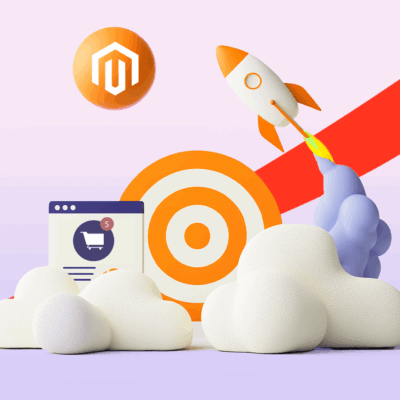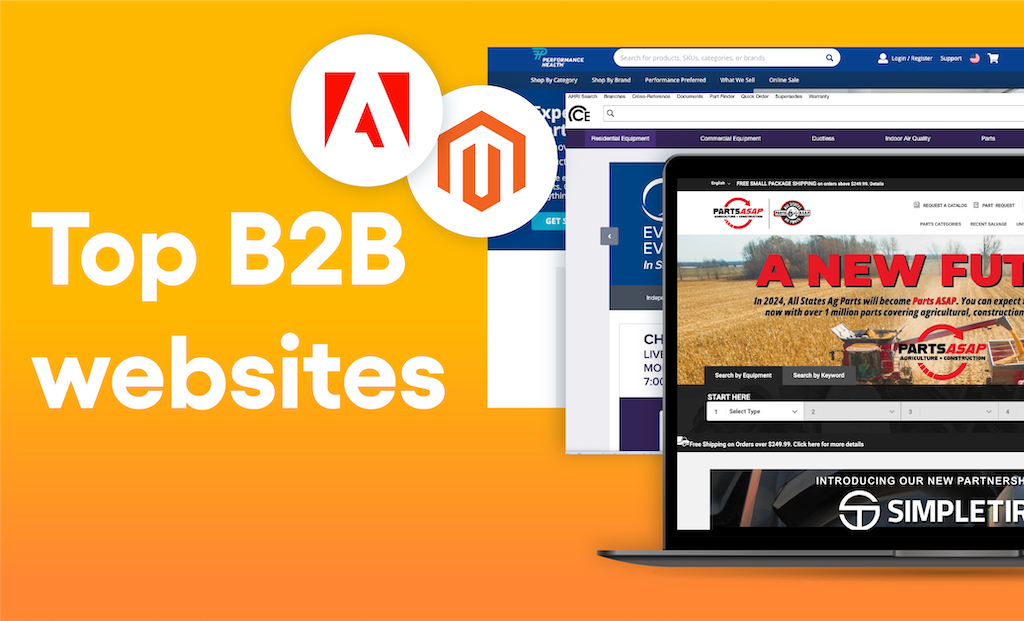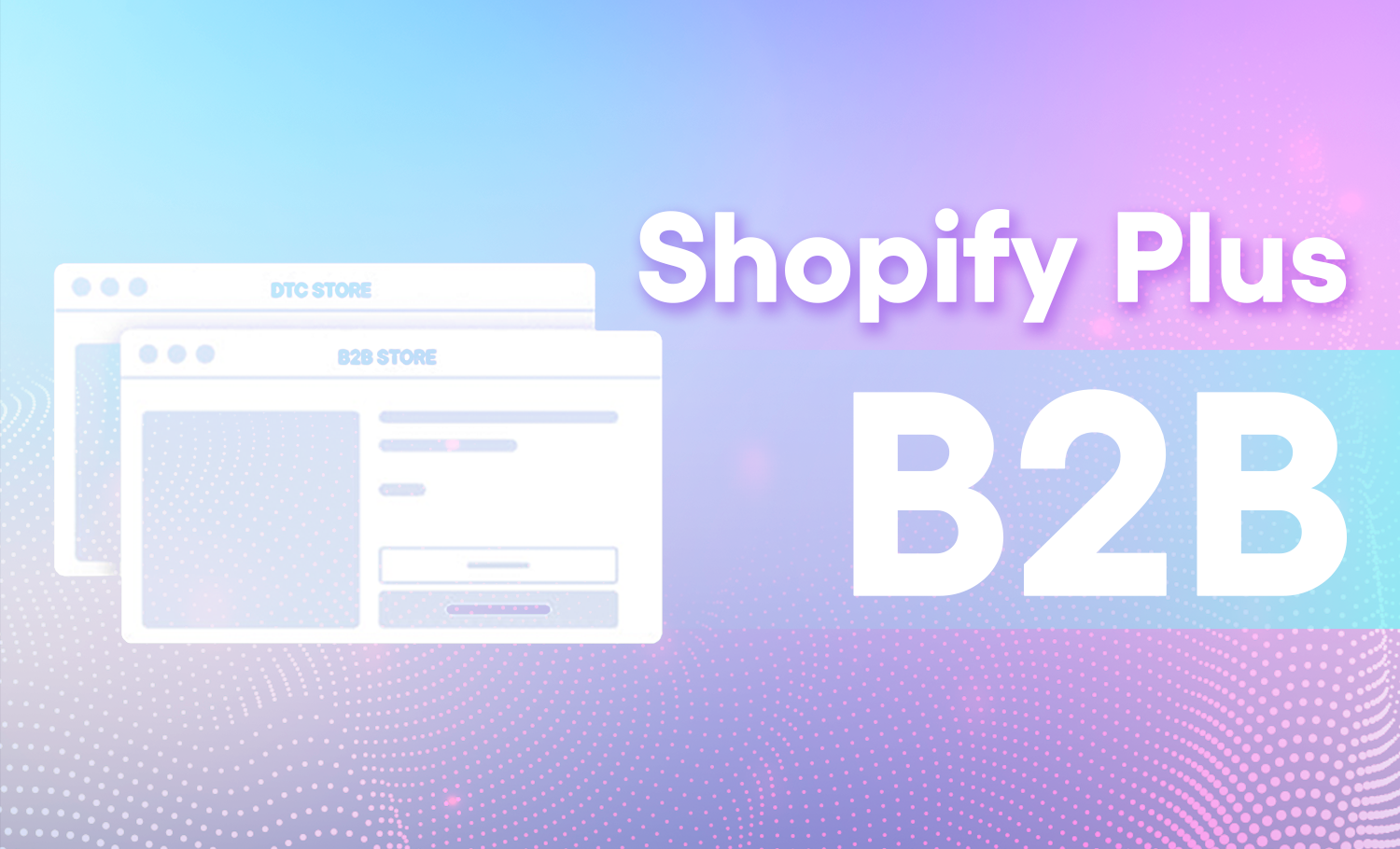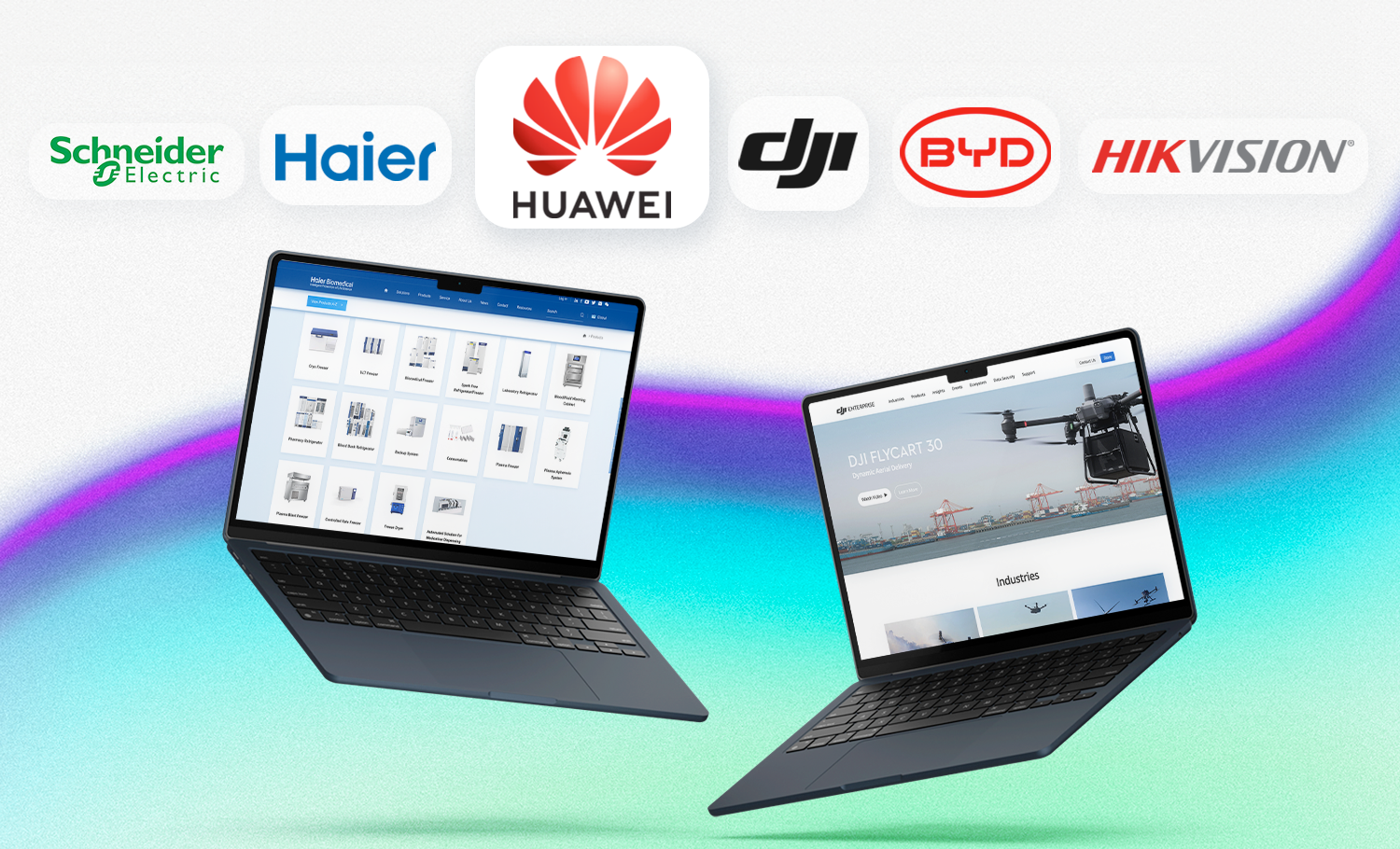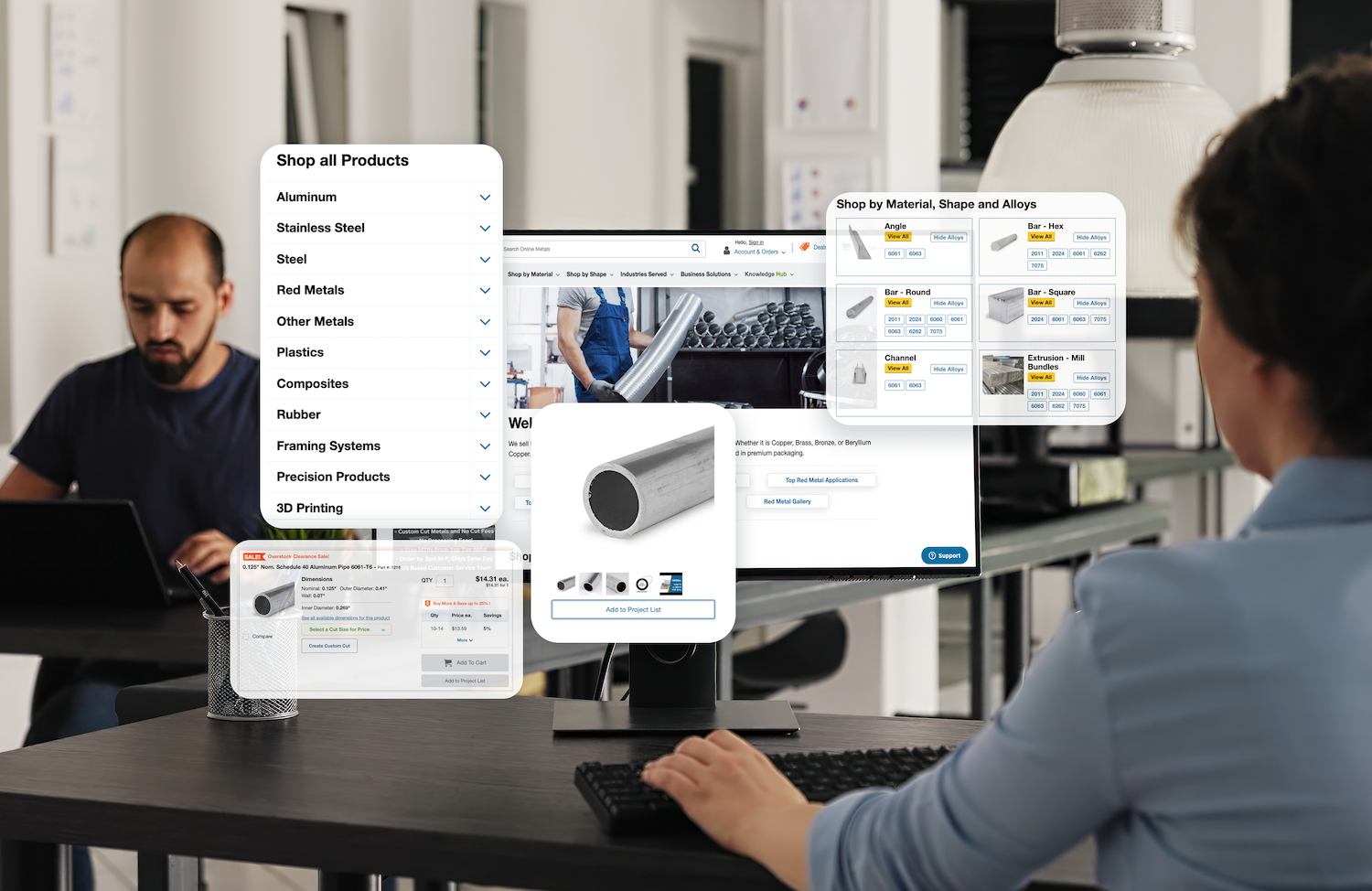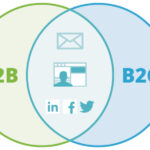In one previous article from the Best Practices for B2B eCommerce Series, we wrote about the steps in B2B eCommerce: Building a Digital Product System in 5 Steps5 steps to take your B2B eCommerce from an unstructured online product presence to one that fully leverages your digital assets.Leveraging your Assets in B2B eCommerce and how to take this process from enabling online sales to maintaining long-term growth.
Today, we will expand upon this first step of the architecture process and explore how even companies in the initial stages of Digital Maturity can still derive value by developing a digital catalog that supports their digital transformation journey.
The Importance of Digital Transformation in B2B
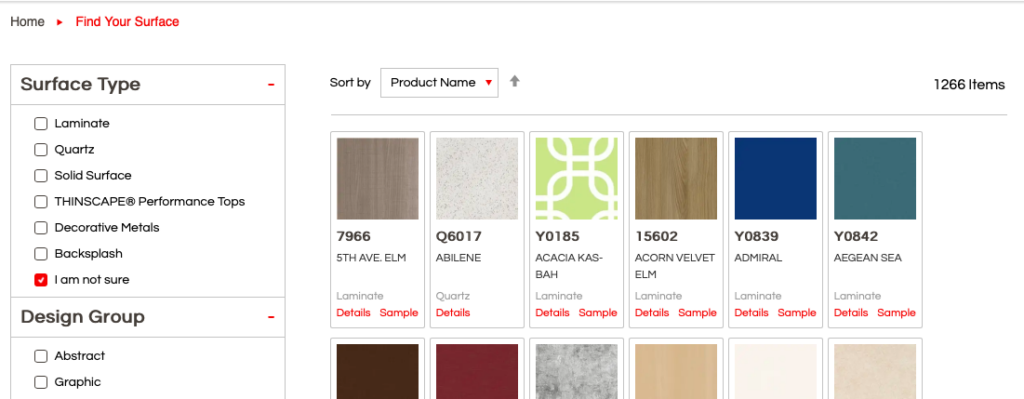
Digital transformation involves integrating digital technology into all business areas, fundamentally changing how you operate and deliver value to customers. For B2B companies, this means more than just adopting new technologies; it’s about leveraging digital tools to enhance customer engagement, streamline operations, and expand market reach. The benefits are clear: improved efficiency, better data insights, and a competitive edge in the marketplace.
Assess your digital maturity and find opportunities for growth with TMO’s Digital Transformation Solutions for eCommerce
One effective and budget-friendly first step towards digital transformation is the creation of a digital catalog. Digital catalogs are easily accessible, searchable, and always up-to-date, making them a perfect starting point for lead generation and setting the stage for future scalability.
Is your business ready for a B2B eCommerce model?
Building a B2B eCommerce platform can offer significant advantages, such as enabling 24/7 sales channels, simplifying the repurchasing process for recurring customers, and reaching a broader audience. However, this transition is not without its challenges, especially for smaller enterprises. Before diving headfirst into a full-fledged eCommerce model, it's essential to consider several key factors:
- Cost-Prohibitive Nature: Developing a comprehensive B2B eCommerce platform can be expensive. It involves significant upfront costs for software, hardware, and development, as well as ongoing expenses for maintenance, updates, and security. For smaller businesses, these costs can be prohibitive.
- Operational Challenges: Managing an eCommerce platform requires a robust infrastructure and operational capabilities. This includes inventory management, logistics, customer service, and IT support. Smaller companies may lack the resources and expertise needed to handle these complexities effectively.
- Time-to-Market: Implementing a custom B2B eCommerce platform with all the necessary procurement processes is a time-consuming journey. From planning and development to testing and deployment, it can take several months to fully launch. During its development, how should your digital presence look like in the meantime?
While the advantages of a B2B eCommerce model are clear, not every business is ready to make this leap. For instance, a small manufacturing company might find that the cost of developing a custom eCommerce platform outweighs the potential benefits, especially if its customer base is not yet ready to adopt online purchasing. Similarly, a mid-sized distributor could struggle with integrating their existing systems and processes into a new eCommerce platform, leading to operational inefficiencies and customer dissatisfaction.
For those who need a more gradual approach, starting with a digital catalog offers a practical solution.
TMO has rich experience in developing Custom B2B eCommerce Solutions from strategy definition to development, and operation.
Are Digital Catalogs just PDFs?
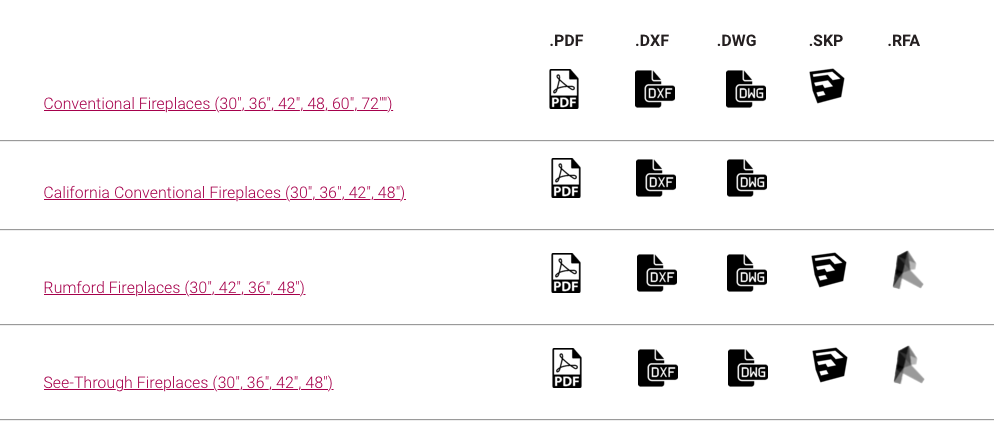
While sending PDFs to customers is an improvement over traditional print catalogs, and still holds value for certain use cases, it carries significant drawbacks, particularly for companies listing hundreds or thousands of products:
- Limited Searchability: PDFs are not easily searchable. Potential buyers may struggle to find the specific products they need quickly. A digital catalog, on the other hand, offers advanced search capabilities, enabling users to filter products by various attributes and find what they need in seconds.
- Maintenance Challenges: Keeping a PDF catalog up-to-date is cumbersome. Every time a product detail changes, a new PDF must be created and distributed. This is not only time-consuming but also prone to errors. Digital catalogs allow real-time updates, ensuring that all product information is centralized and always current.
- User Experience: PDFs are static and often not optimized for mobile devices. Digital catalogs provide a more interactive and user-friendly experience, with features like zoom, 360-degree product views, and videos.
- Scalability Issues: As your product range grows, managing and navigating a PDF catalog becomes increasingly difficult. Digital catalogs can handle extensive product lines more efficiently and can scale as your business expands.
- Limited Real-Estate: How much product information can you fit in a static catalog? Probably much less than in an interactive one.
What is a Digital Catalog?
A digital catalog is an online version of a product catalog, enabling businesses to showcase their products in a digital format, and enriched with features that allow users to engage with its contents. Unlike traditional printed catalogs, digital catalogs are dynamic, interactive, and easily updated. Key features include:
- Accessibility: Customers can access the catalog anytime, anywhere.
- Searchability: Powerful search functions allow users to quickly and intuitively find the products they need, increasing the chances of inquiries and interest.
- Up-to-date Information: Product information is centralized and can be updated in real time, ensuring accuracy and relevance.
- Interactivity: Product information is enhanced beyond text and image, with the possibility to display content like video, animations, and interactive modules.
- Reduced Cycle Times: Even without implementing full procurement processes, a digital catalog can considerably speed up the buying process by giving your customers the information they need upfront.
Assessing Digital Maturity: 3 Stages for B2B eCommerce GrowthWe look at the various degrees of Digital Maturity and features that B2B organizations should consider in their journey to eCommerce success.During the Initial phases of Digital Maturity, many B2B organizations opt for developing a digital catalog that displays basic product SKU specifications but has no price or inventory visibility yet. Instead, it provides the means for order inquiries via forms, email, and telephone, hence making the purchase process more efficient for both the company and its customers.
These catalogs can be built on platforms such as Adobe Commerce, although for early-stage B2B projects without the need for advanced procurement processes or custom module development, other solutions can be evaluated.
Ready to build your B2B digital catalog? Contact us and get a proposal tailored to your specific business needs and operational stage.
Benefits of Digital Catalogs for B2B Lead Generation
Digital catalogs offer numerous advantages that can significantly boost lead generation efforts. Not only is showcasing the products you sell a big step towards building an online presence, but it also opens the door for you to leverage a wide array of tools to attract, convert, and close sales opportunities through different channels such as organic, paid, and social media traffic to enhance the visibility of your B2B business and generate leads effectively.
According to a recent survey on buying patterns conducted by 6sense, most B2B buyers refrain from engaging directly with sellers until 70% into their buying process. If you are not engaging with them digitally while they do their research, chances are that you might already be showing up late. Similarly, a study by Gartner found that B2B buyers are 1.8 times more likely to complete a high-quality deal when they engage with supplier-provided digital tools in partnership with a sales rep rather than independently.
MNC Streamlines Communication with a B2B Digital Showroom
TMO's client is an American manufacturer of engineered surfaces that sought to enhance its digital catalog for the China, Thailand, and Australia markets in order to guide consumers throughout the whole decision-making process. Using WordPress and Magento 2, TMO developed an outstanding configurable product catalog and digital showroom.
By making their products easily accessible and searchable online through a digital catalog, the client was able to expand its reach and quickly communicate its value proposition to prospective customers.
Read more about this Success Story WilsonartWilsonart enhances B2B experience with a configurable product catalog and digital showroom built on a headless eCommerce solution with Magento 2 & WordPress.here.
Next Steps: Building Blocks for Future Scalability
Digital catalogs lay the groundwork for future growth and scalability in several ways:
- Integrating with CRM: A digital catalog can be integrated with a Customer Relationship Management (CRM) system to streamline lead management and follow-up processes.
- Data Collection and Analysis: Use data from your digital catalog to gain insights into customer behavior and preferences, helping to refine marketing strategies and improve lead generation.
- Preparing for eCommerce: As your business grows, you can transition from a digital catalog to a full eCommerce platform, offering a seamless shopping experience for your customers.
Digital Catalogs for B2B: Final Thoughts
Starting your digital transformation journey with a digital catalog is a smart, cost-effective strategy for B2B companies. It not only enhances accessibility and searchability but also sets the foundation for future scalability and lead generation success. If you're ready to take the first step in your Digital Transformation Journey, reach out to us to learn more about our B2B eCommerce Solutions.

